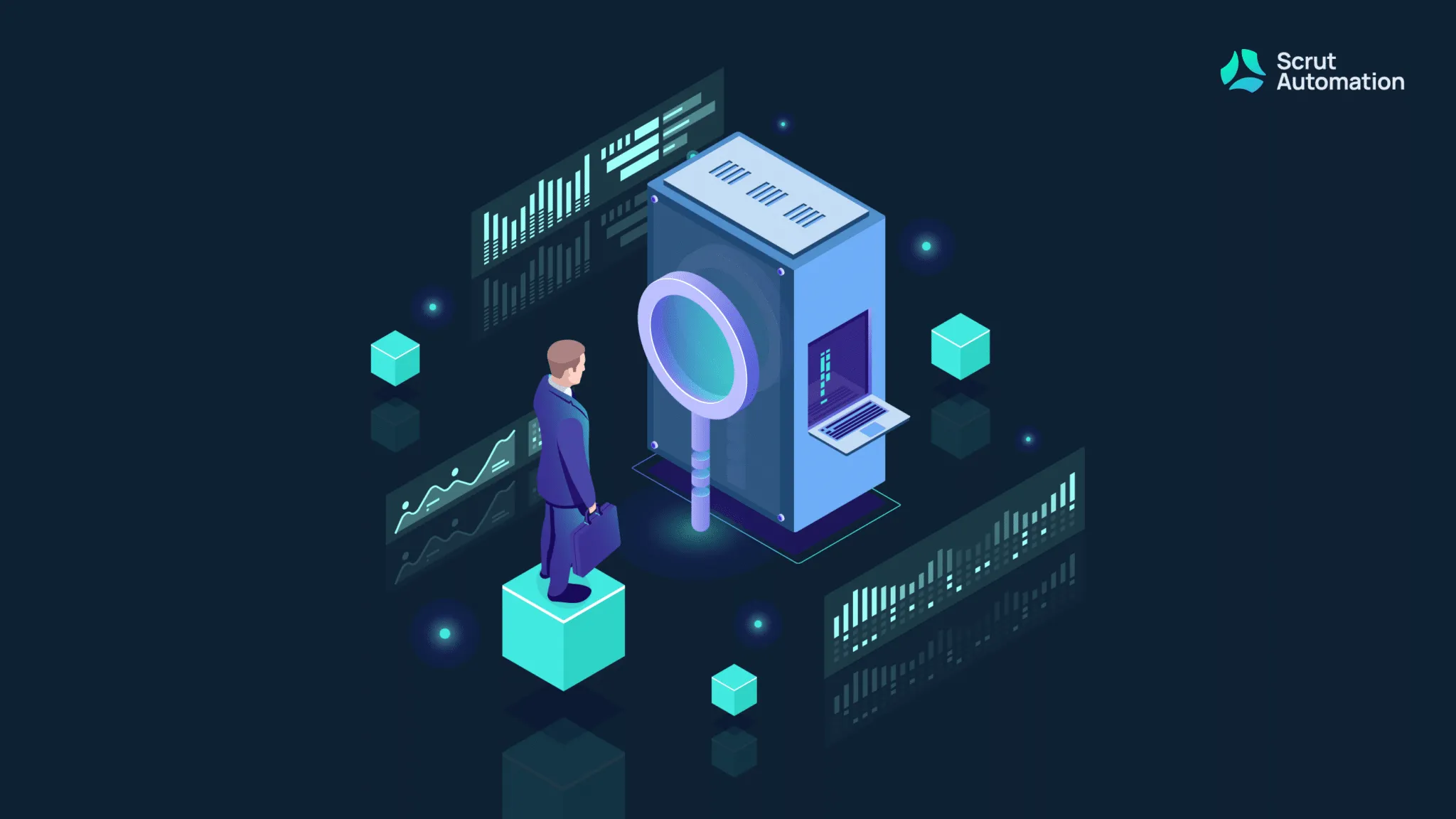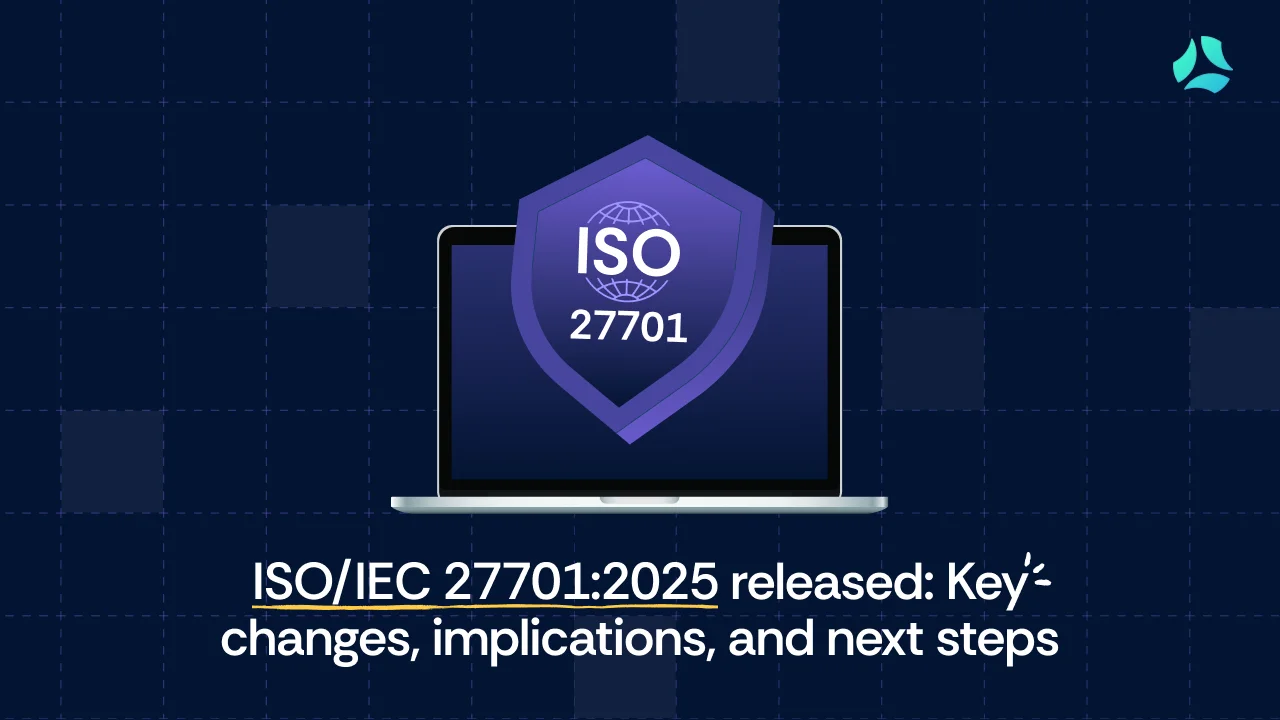How to improve attack surface visibility using CAM

As organizations increasingly move towards digital transformation, their attack surfaces have grown larger and more complex every passing day.
This, in turn, is creating new opportunities for cybercriminals to exploit vulnerabilities and gain access to sensitive data.
To stay ahead of these threats, organizations must take a proactive approach to their security posture and improve their attack surface visibility for attack surface reduction.
That’s where cyber asset management (CAM) comes in.
In this blog post, we’ll take a deep dive into CAM and explore how it can help you improve your organization’s attack surface visibility so that you can stay one step ahead of cybercriminals and protect your sensitive data from theft and exposure.
What is attack surface?
Attack surface refers to all the entry points a cybercriminal can exploit to gain unauthorized access to your organization’s network such as hardware, software, web applications, APIs, and any form of cyber assets.
The larger the attack surface of your organization’s network, the greater the risk of a successful cyber attack.
That’s why it’s critical for organizations to invest in modern security solutions like CAM or CAASM to gain a complete visibility over their attack surface so that they can take necessary steps to minimize attack surface area and remediate all vulnerabilities.
What is attack surface visibility?
Attack surface visibility is the ability of an organization to gain comprehensive insight into its attack surface and to identify all the potential vulnerabilities, entry points, and weak spots that a cybercriminal could exploit.
With attack surface visibility, organizations can proactively identify and address security vulnerabilities, implement effective attack surface management strategies, and reduce the likelihood of successful cyberattacks.
Attack surface visibility can be achieved through various cybersecurity tools and practices (i.e. Cybersecurity Asset Management).
If you’re not familiar with cyber asset management (CAM), let’s understand what is it and how does it work.
Afterwards, we will discuss how CAM can improve attack surface visibility and what steps you need to take to make it happen.
What is cyber asset management (CAM)?
Cyber asset management (CAM) is the process of identifying, tracking, and managing an organization’s cyber assets and associated risks & vulnerabilities to improve cybersecurity.
The goal of CAM is to provide a comprehensive view of an organization’s attack surface and to identify and prioritize vulnerabilities and risks associated with their digital assets.
This enables organizations to implement effective security controls and risk management strategies, gain complete attack surface visibility, minimize attack surface, reduce the likelihood of successful cyberattacks, and protect their sensitive data.
Why is CAM important in improving attack surface visibility?
As a critical component of any organization’s cybersecurity strategy, cyber asset management (CAM) is essential in improving attack surface visibility. By discovering, inventorying, and classifying all digital assets, CAM can provide organizations with a better understanding of their attack surface and the associated risks and vulnerabilities.
With these insights, organizations can prioritize their security efforts and focus on attack vectors reduction by mitigating the most critical risks.
Additionally, CAM can also provide ongoing monitoring and attack surface management of an organization’s digital assets to detect new vulnerabilities and potential risks as they arise and to ensure that security measures are continually updated and optimized.
So by implementing CAM effectively, organizations can improve their attack surface visibility, mitigate risks, and protect their sensitive data & information from cyber attacks.
Steps to improve attack surface visibility with CAM
Now that you know why CAM is important in improving the attack surface visibility of an organization’s network, let’s talk about the steps you need to take for accomplishing this.
Step 1 – Identify attack surface
The first step in improving attack surface visibility is to identify all of the potential entry points that attackers could use to gain access to an organization’s systems and data.
This includes not just the obvious entry points, such as internet-facing servers and applications, but also less obvious areas, such as unsecured wireless access points, third-party vendors, and even physical access points.
For example, if your organization is making an inventory of all devices connected to its network such as IoT devices, servers, cloud storage, and other endpoints, make sure to consider the third-party vendors and assess their security posture as well.
Step 2 – Use CAM to map out the attack surface
Once you’ve identified the attack surface of your organization’s network, the next step is to use a CAM tool to map out the attack surface and gain a comprehensive view of all digital assets.
For example, if you want to identify all digital assets in your organization’s environment, a robust CAM tool can provide a complete view of all hardware devices, operating systems, software applications, and cloud services in use.
This, in turn, will enable your organization to understand the scope of their attack surface and identify any assets that may have been overlooked in the initial identification stage.
Step 3 – Use CAM to monitor the attack surface
After mapping out the attack surface, it’s critical to continually monitor the digital assets to detect new vulnerabilities and potential risks as they arise.
A CAM tool can help with ongoing monitoring and management of your organization’s digital assets to identify potential vulnerabilities and threats quickly.
Let’s assume that you want to scan your organization’s environment for vulnerabilities and misconfigurations.
Using a CAM tool, you can set up continuous monitoring and real-time alerts on any new vulnerabilities that are discovered, which will allow you to take quick actions to minimize attack surface area and remediate the issues.
Step 4 – Analyze and prioritize vulnerabilities
Once you’ve set up continuous monitoring to identify potential threats and vulnerabilities, the next thing you need to do is analyze and prioritize.
Most CAM tools always provide detailed information about each cyber asset such as location, configuration, operating system, threat level, severity of vulnerabilities, and other relevant information.
This, in turn, can be used to assess and prioritize based on their criticality and potential impact on your organization’s network.
Simply put, you can use a CAM tool to conduct a network-wide vulnerability assessment on all your cyber assets.
The tool will then provide you with a comprehensive report, highlighting the most critical vulnerabilities to help prioritize remediation efforts based mainly on the potential impact of each vulnerability on your organization’s environment.
Step 5 – Remediate vulnerabilities to minimize attack surface
In the final step, you need to mitigate all the identified threats and vulnerabilities for attack surface reduction and improve overall visibility.
To minimize attack surface area and gain better visibility, you need to patch or upgrade software, remove unnecessary or unused applications, improve your security policies & procedures, and implement additional security controls.
For example, if you’ve discovered a vulnerability in a particular software application, leverage a CAM tool to automate the patching process.
Additionally, you can also use the tool to scan your organization’s environment for any hardware devices that are running outdated software version that is highly vulnerable and deploy the latest patches to those devices.
Doing so will enable you to remediate the vulnerabilities and minimize attack surface to prevent successful cyber attacks.
Conclusion
As we have explained, improving attack surface visibility is critical for modern organizations to stay one step ahead of hackers and keep cyber assets secure.
By leveraging the powerful capabilities of a CAM tool, organizations can easily identify, prioritize, and mitigate any potential threats & vulnerabilities lying in their network before they can be exploited.
However, it’s important to know that CAM is only one piece of the puzzle when it comes to cybersecurity. While it’s certainly an essential tool, it’s not a silver bullet.
That’s why organizations must invest in other emerging cybersecurity solutions like CAASM (Cyber Asset Attack Surface Management) along with employee education, incident response planning, and so on for attack surface reduction & to build a holistic security program.
By combining CAM with other cybersecurity measures and solutions, organizations can remain vigilant against new threats and keep their sensitive information safe.
FAQs
How attack surface increases?
Attack surface increases when new assets are added to an organization’s network or when security configurations are poor, and third-party dependencies are not properly managed.
Organizations should regularly assess their attack surface and implement strong security controls to minimize it.
How to reduce attack surface?
To reduce attack surface, you must minimize the number of potential entry points and attack vectors that could be exploited by cybercriminals in your organization’s network. Ideally, you should remove unnecessary or unused assets, limit access, ensure secure configurations, and monitor continuously for suspicious activity.
What is attack surface visibility?
Attack surface visibility refers to the ability to identify and understand all vulnerabilities and potential entry points in an organization’s environment that attackers can exploit. It helps organizations prioritize security measures and allocate resources effectively to address critical security risks.
How to improve attack surface visbility?
To improve attack surface visibility, conduct regular security assessments, map out and visualize the attack surface, implement a CAASM solution, and educate employees about security best practices.


















